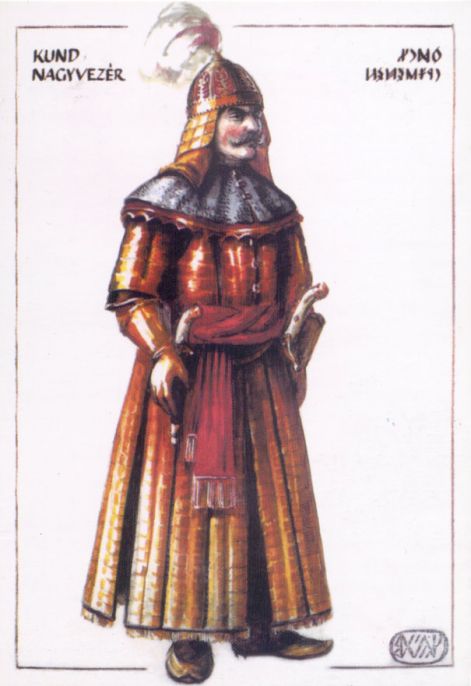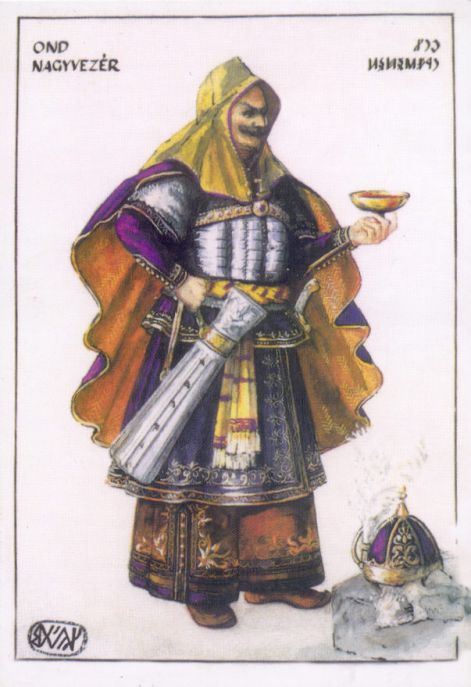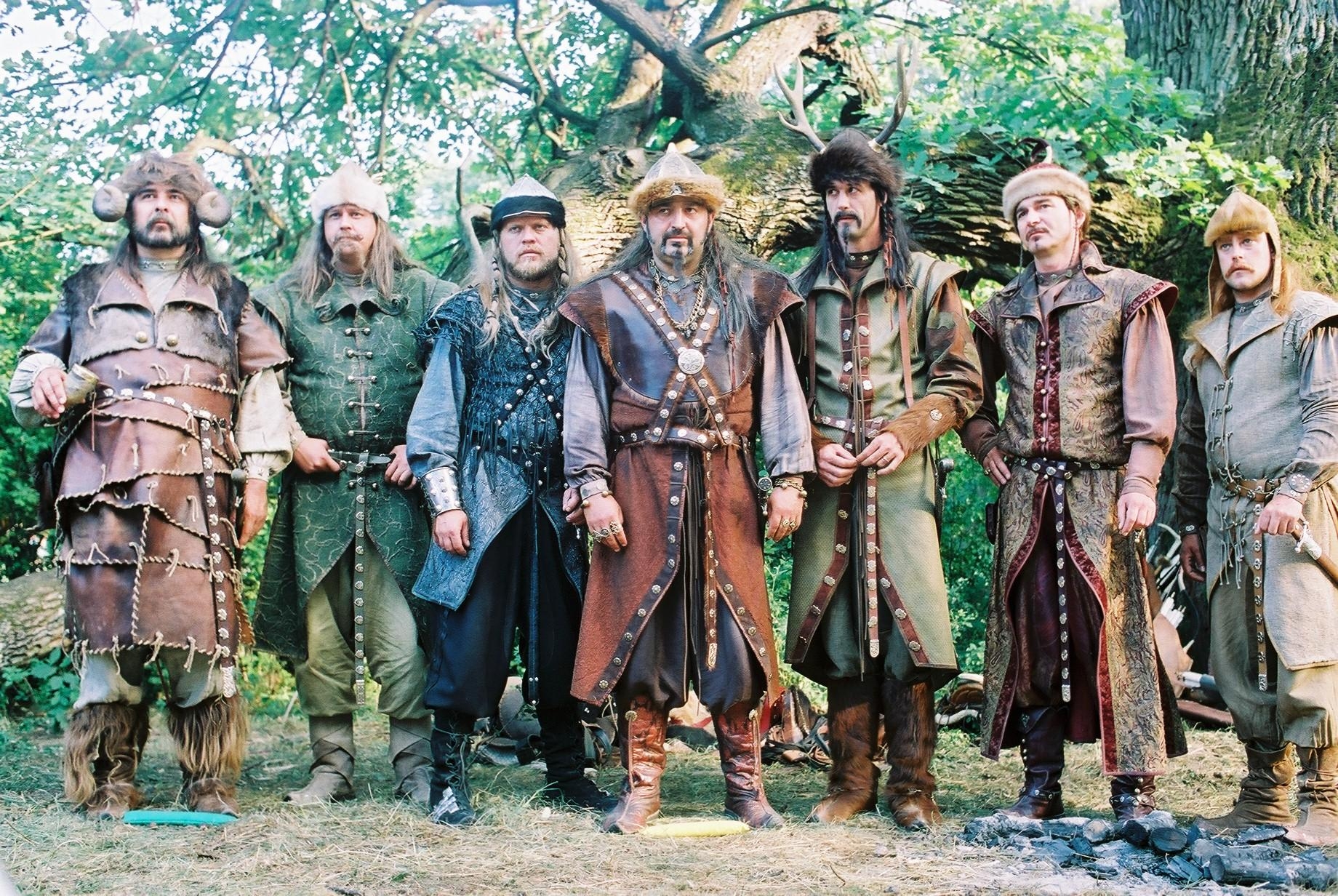


Sclerus's mission succeeded: a Hungarian army soon crossed the Danube on Byzantine ships against Bulgaria. Sclerus met with their two leaders, Árpád and Kurszán, at the Lower Danube. It narrates that the Byzantine Emperor Leo VI the Wise (r. 886–912) sent his envoy Nicetas Sclerus to the Hungarians in 894 or 895 "to give presents" and incite them against the Bulgarian Empire. The earliest reliable source of Árpád's life is an early 10th-century document, the Continuation of the Chronicle by George the Monk. Towards the Hungarian Conquest įurther information: Hungarian conquest of the Carpathian Basin, Kurszán, and Liüntika Accordingly, in Róna-Tas's view, Árpád succeeded Levedi as sacred ruler, or kende, which enabled his father to preserve his own position as the actual leader of the Hungarians, or gyula. The latter historian adds that Árpád's election was promoted by Álmos, who forced Levedi to renounce his position as kende. The reliability of the Byzantine emperor's report of Árpád's election is debated by modern historians: for instance, Victor Spinei states that it is "rather vague and scarcely credible", but András Róna-Tas writes that its core is reliable. This was a misnomer, as while the Magyars do have some Turkic genetic and cultural influence, and their historical social structure was of Turkic origin, they are not a Turkic people. of the Chazars, by lifting him upon a shield." Constantine Porphyrogenitus erroneously refers to the Magyars as Turks. Thereafter, Árpád was made "prince according to the custom . They preferred Árpád to his father, because he was "greatly admired for wisdom and counsel and valour, and capable of this rule". The khagan approached the Hungarians with this new proposal. However, Levedi did not accept this offer and suggested that either Álmos or Árpád should be promoted instead of him. The khagan initially wanted to appoint a chieftain named Levedi to lead the Hungarians. In Porphyrogenitus's narration, the Khazar khagan initiated the centralization of the command of the Hungarian tribes in order to strengthen his own suzerainty over them.

The Byzantine Emperor Constantine Porphyrogenitus (r. 913–959) states that the Hungarians "had never at any time had any other prince" before Árpád, which is in sharp contrast to the Hungarian chronicles' report of the position of Árpád's father. His name derived from the Hungarian word for barley, árpa. According to historian Gyula Kristó, Árpád was born around 845. His mother's name and family are unknown.

This list, having more legendary elements, is even less credible than that of Anonymus: only Árpád and Szabolcs match the time of the conquest.Árpád was the son of Álmos who is mentioned as the first head of the confederation of the Magyar tribes by all Hungarian chronicles. Vérbulcsú ("Blood-Bulcsú"), whose name's origin is that "his father was killed by Germans in the battle of Krimhild", and for revenge, "he drank the blood of some, like wine".Árpád, son of Álmos, who was the son of Előd, who was the son of Ügyek.Hungarian chronicler Simon of Kéza names seven captains who led seven tribes: The relations of the early Hungarian leaders are subject of debate between historians. Constantine VII names Tas as a grandson of Árpád. Most probably all persons on this list were real and significant personalities, but the list, as that of the seven chieftains who started the conquest of the Carpathian Basin, is certainly false. Kend ( Kond, Kund), father of Korcán (Kurszán) and Kaplon.Constantine VII does not give the names of the chieftains of the Hungarian tribes, but describes some aspects of the leadership.Ī Hungarian chronicler known as Anonymus, author of Gesta Hungarorum, names the seven chieftains as:


 0 kommentar(er)
0 kommentar(er)
